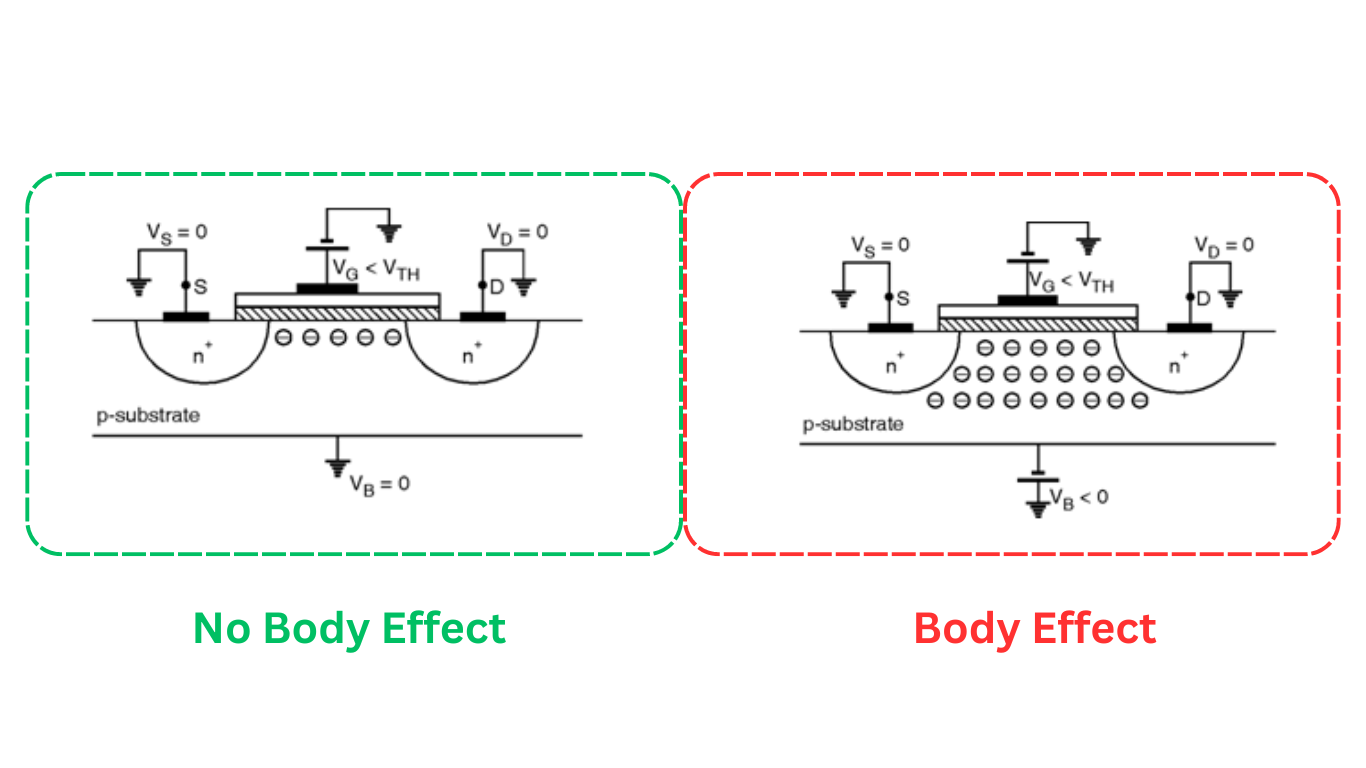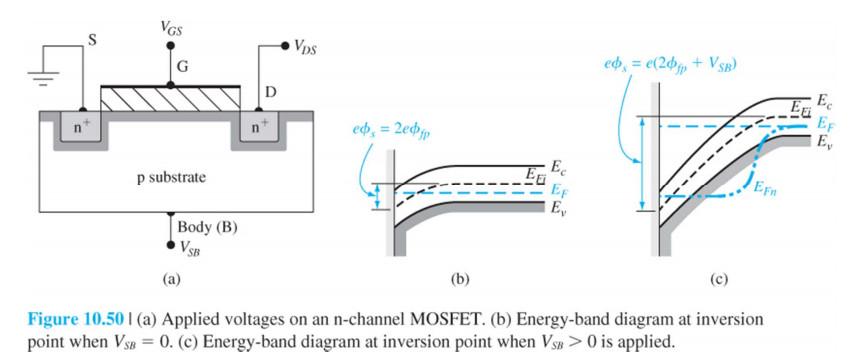Okay, so today I wanna chat about something I was messing with in the lab the other day: the body effect in MOSFETs. It’s kinda interesting, and honestly, it tripped me up for a bit, so I figured I’d share what I learned.

It all started when I was trying to simulate a simple amplifier circuit. Everything looked fine on paper, but the simulation results were way off. The gain was lower than expected, and the threshold voltage seemed to be shifting around. I was scratching my head, thinking I’d made a mistake in my calculations or something.
I went back to basics, checking my transistor models, double-checking the biasing, and even re-simulating with different parameters. Still nothing. Then, I remembered something from my old textbooks: the body effect. I hadn’t really thought much about it since college, but it suddenly seemed relevant.
So, what is the body effect anyway? Basically, it’s what happens when the voltage between the source and the body (or substrate) of the MOSFET isn’t zero. In many circuits, we tie the body to the source to avoid this, but sometimes you can’t, or you don’t. When there’s a voltage difference, it affects the threshold voltage of the transistor.
Here’s what I did to investigate further:
- First, I isolated the MOSFET in my circuit. I created a simple test bench with just the transistor and some DC sources. This helped me eliminate other circuit elements that might be affecting the results.
- Then, I swept the body-source voltage (VBS). I varied VBS from a negative voltage to a positive voltage, while keeping the drain-source voltage (VDS) and gate-source voltage (VGS) constant.
- Next, I measured the drain current (ID). For each value of VBS, I recorded the corresponding ID. This gave me a curve showing how ID changes with VBS.
- Finally, I plotted the results. I graphed ID versus VBS. This clearly showed that as VBS changed, the threshold voltage effectively shifted, leading to a change in the drain current.
The graph was pretty revealing. When VBS was negative, the threshold voltage increased, and the drain current decreased. When VBS was positive, the threshold voltage decreased, and the drain current increased. It was like the transistor was behaving differently depending on the body voltage!

Okay, so I confirmed the body effect was real and was messing with my circuit. What next? Well, I needed to account for it in my design. There are a couple of ways to do this:
- Use a MOSFET model that includes the body effect. Most modern transistor models in simulation software (like SPICE) automatically account for the body effect. You just need to make sure the model parameters are accurate.
- Compensate for the body effect in the circuit design. This is a bit more complex, but you can use techniques like source degeneration to reduce the impact of the body effect on the amplifier gain.
I opted for the first approach. I went back to my simulation software and double-checked the MOSFET model parameters. I found that the body effect coefficient (usually denoted as gamma or γ) was a bit off. After correcting it, the simulation results were much closer to my expectations.
Lessons Learned:
- The body effect is real and can significantly affect MOSFET circuit performance.
- Always check your transistor models and parameters, especially the body effect coefficient.
- Don’t underestimate the importance of simulation. It can save you a lot of time and headaches in the long run.
So, that was my little adventure with the body effect. Hope it helps someone out there! It’s one of those things that’s easy to forget but can really bite you if you’re not careful.

